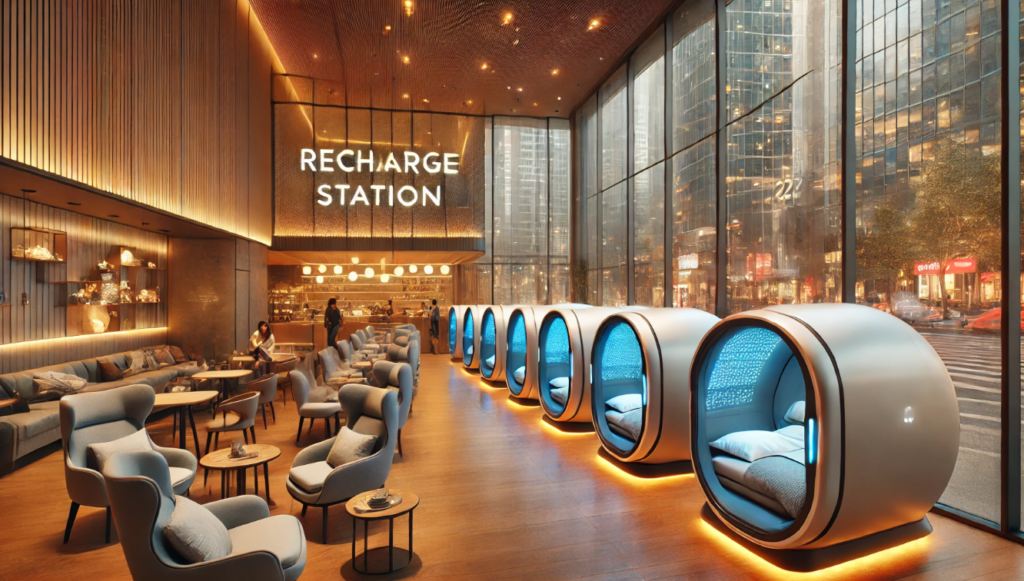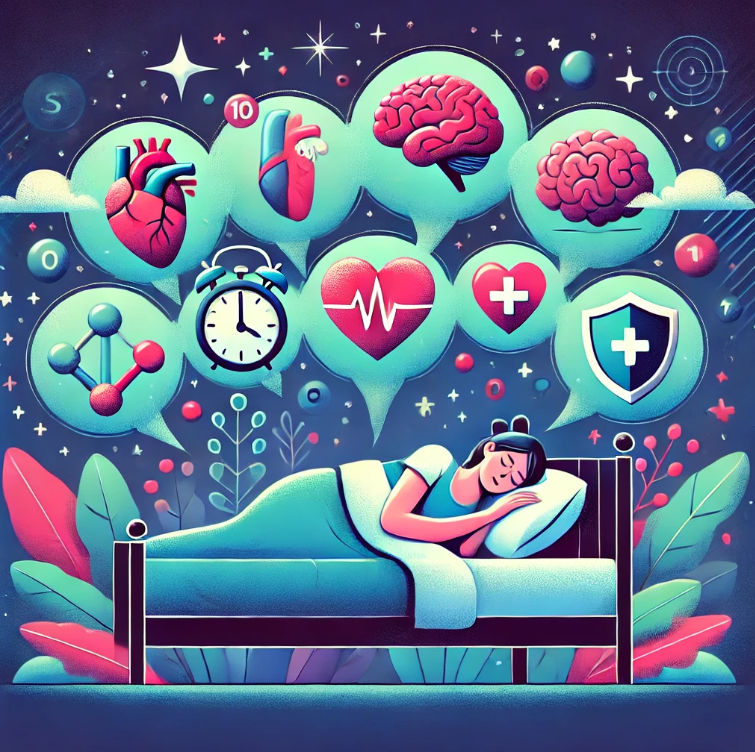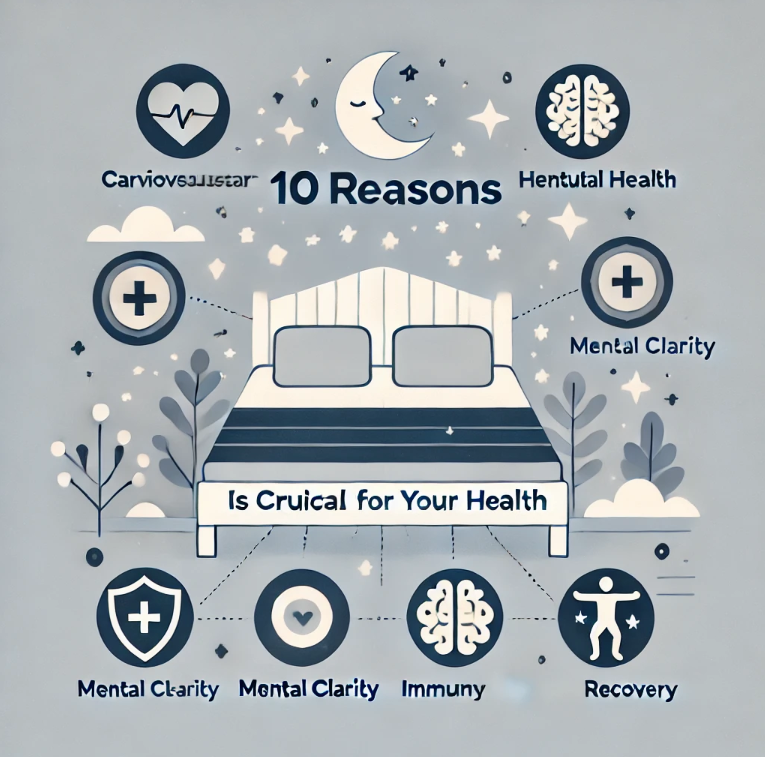In the fast-paced rhythm of urban life, sleep often becomes a casualty. Cities brim with people juggling tight schedules, long commutes, and demanding work hours. This unrelenting lifestyle has led to an epidemic of sleep deprivation. Could sleep pods and napping cafes be the solution to this modern crisis? This innovative approach to reclaiming rest is gaining traction, especially in metropolitan areas worldwide.
In this article, we’ll explore how sleep pods and napping cafes work, their benefits, potential drawbacks, and whether they are the ultimate answer to urban sleep deprivation.
Understanding Urban Sleep Deprivation
Urban dwellers face unique challenges when it comes to sleep. According to research, the average adult in major cities sleeps only 6-6.5 hours per night, below the recommended 7-9 hours. Factors contributing to this deficit include:
- Work stress: High job demands and extended working hours.
- Long commutes: Wasted hours in traffic leave little time for rest.
- Technology: Blue light exposure from devices disrupts natural sleep cycles.
- Lifestyle habits: Late-night socializing or unhealthy sleep practices.
Sleep Deprivation: The Numbers
| Issue | Impact | Statistics |
|---|---|---|
| Reduced productivity | $411 billion lost annually due to fatigue | As per RAND Corporation |
| Health risks | Increased risk of heart disease, diabetes | WHO reports |
| Psychological toll | Higher anxiety, depression rates | APA statistics |
What Are Sleep Pods and Napping Cafes?
Sleep pods are small, enclosed spaces designed for short naps or relaxation. They often come equipped with reclining seats, calming lighting, and soundproof interiors. Meanwhile, napping cafes offer communal spaces where individuals can book time to rest in specialized nap-friendly environments, complete with comfortable bedding and soothing music.
Popular Examples
- MetroNaps: Sleep pods installed in corporate offices and airports.
- Nap York (New York City): A café offering cozy nap spaces for urbanites.
- Japan’s Nap Cafes: Widely popular for their futuristic sleep pod designs.
These facilities cater to the increasing demand for quick, effective rest amidst busy schedules.
Benefits of Sleep Pods and Napping Cafes
The growing adoption of these solutions points to several benefits:
1. Enhanced Productivity
Short naps, typically lasting 20-30 minutes, can improve focus, memory, and overall efficiency. Studies have shown that well-rested employees are 34% more productive than their sleep-deprived counterparts.
2. Stress Reduction
These spaces provide an escape from the daily grind, helping to lower cortisol levels. A quick nap can rejuvenate both the mind and body, promoting mental well-being.
3. Improved Physical Health
Frequent power naps can lower blood pressure and reduce the risk of heart disease. For urban workers with packed schedules, these brief rest periods offer a chance to prioritize their health.
4. Flexibility
Whether in airports, workplaces, or city centers, these solutions fit seamlessly into urban life. The convenience of having a nap spot nearby can bridge the gap between the lack of sleep at night and daily responsibilities.
Challenges and Criticisms
While promising, sleep pods and napping cafes are not without limitations:
1. Affordability
The cost of using sleep pods or booking time at a napping café may not be accessible to all.
| Service | Average Cost (Per Nap) |
|---|---|
| Airport Sleep Pods | $15-20 for 30 minutes |
| Napping Cafes | $10-15 per hour |
2. Cultural Barriers
In some societies, napping during the day is stigmatized as laziness, which might deter people from using these services.
3. Limited Reach
These solutions are often concentrated in affluent urban centers, leaving out smaller cities or low-income populations.
4. Temporary Fix
While helpful, sleep pods and napping cafes address symptoms rather than the root cause of sleep deprivation. True solutions require lifestyle changes and societal shifts prioritizing sleep.

Are Sleep Pods and Napping Cafes the Answer?
These solutions undoubtedly provide immediate relief, especially for urban professionals and travelers. However, they should be part of a broader strategy to combat sleep deprivation. Promoting better sleep hygiene, flexible work hours, and awareness campaigns about the importance of sleep must accompany these innovations.
Data-Driven Insights
| Benefits vs. Drawbacks | Key Findings |
|---|---|
| Productivity increase | +34% productivity post-nap |
| Cost barrier | Higher accessibility in premium areas |
| User satisfaction | 85% reported feeling refreshed |
Tips for Maximizing Benefits
- Set a Timer: Keep naps between 20-30 minutes to avoid grogginess.
- Choose Quiet Hours: Visit during non-peak hours for the best experience.
- Hydrate Before Napping: Staying hydrated ensures you wake up refreshed.
Frequently Asked Questions (FAQs)
1. What are sleep pods, and where can I find them?
Sleep pods are compact, soundproof spaces designed for napping or relaxation. They are commonly found in airports, workplaces, and napping cafes.
2. Are sleep pods and napping cafes expensive?
Prices vary but typically range from $10-$20 per session. While affordable for some, costs may be a barrier for others.
3. How long should I nap in a sleep pod?
The ideal nap duration is 20-30 minutes, enough to boost energy without causing grogginess.
4. Are sleep pods safe?
Yes, they are designed with privacy and security in mind. Some even include alarm systems to wake users up.
5. Can sleep pods replace a full night’s rest?
No, sleep pods are a supplement, not a replacement for adequate nighttime sleep.
Conclusion
While sleep pods and napping cafes cannot entirely resolve urban sleep deprivation, they offer a practical and innovative stopgap solution. These spaces can help city dwellers recharge and navigate the challenges of modern life. By incorporating such facilities alongside broader lifestyle and policy changes, urban societies can take a significant step toward better sleep health.
By embracing rest as a priority, we may finally solve the urban sleep deprivation puzzle—one nap at a time.


